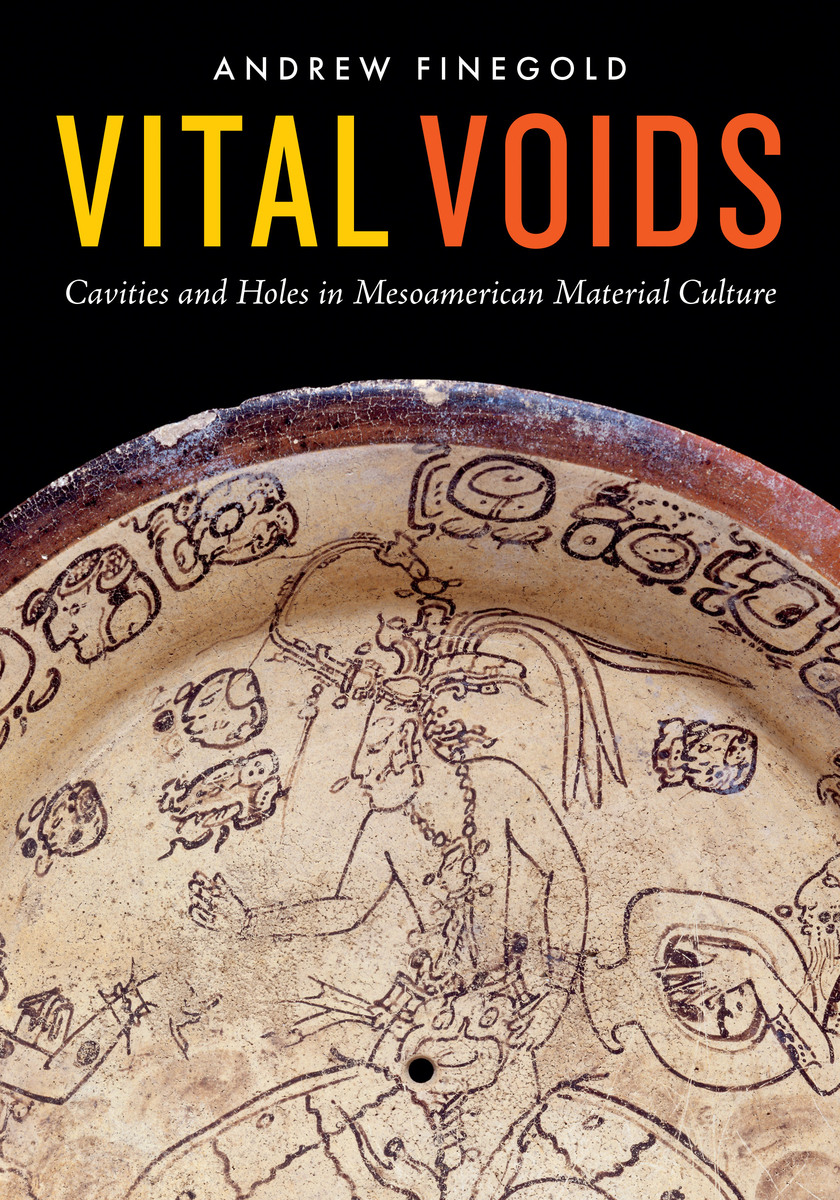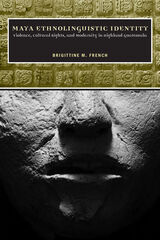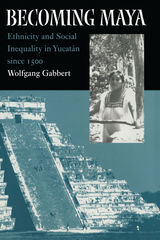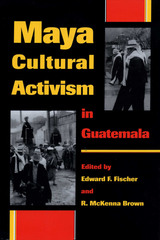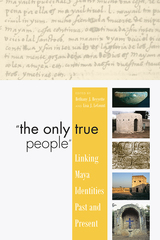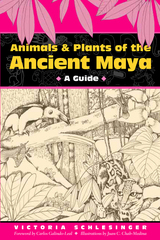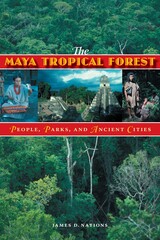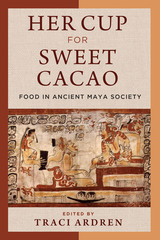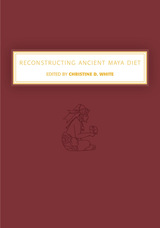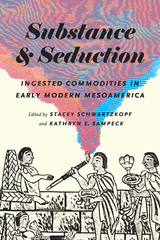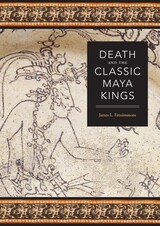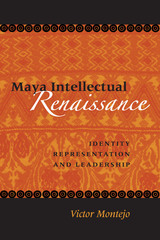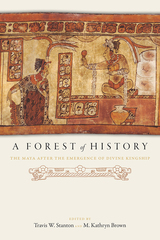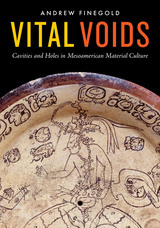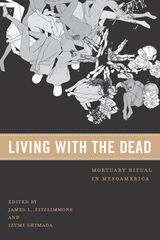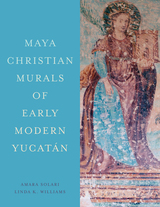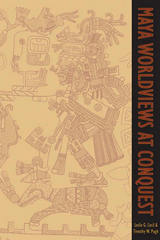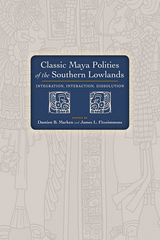Cloth: 978-1-4773-2243-7 | eISBN: 978-1-4773-2328-1 (ePub) | eISBN: 978-1-4773-2327-4 (PDF)
Library of Congress Classification F1435.3.M32F56 2021
Dewey Decimal Classification 972.801
The Resurrection Plate, a Late Classic Maya dish, is decorated with an arresting scene. The Maize God, assisted by two other deities, emerges reborn from a turtle shell. At the center of the plate, in the middle of the god’s body and aligned with the point of emergence, there is a curious sight: a small, neatly drilled hole.
Art historian Andrew Finegold explores the meanings attributed to this and other holes in Mesoamerican material culture, arguing that such spaces were broadly understood as conduits of vital forces and material abundance, prerequisites for the emergence of life. Beginning with, and repeatedly returning to, the Resurrection Plate, this study explores the generative potential attributed to a wide variety of cavities and holes in Mesoamerica, ranging from the perforated dishes placed in Classic Maya burials, to caves and architectural voids, to the piercing of human flesh. Holes are also discussed in relation to fire, based on the common means through which both were produced: drilling. Ultimately, by attending to what is not there, Vital Voids offers a fascinating approach to Mesoamerican cosmology and material culture.
See other books on: Material culture | Mayas | Pre-Columbian Era | Signs and symbols | Symbolic anthropology
See other titles from University of Texas Press
